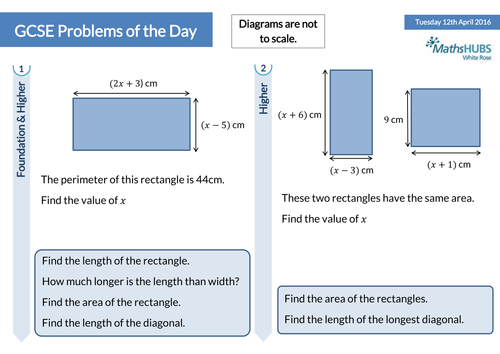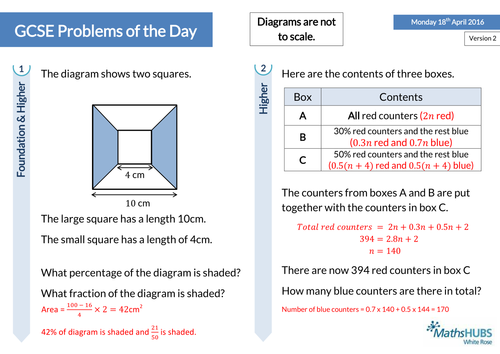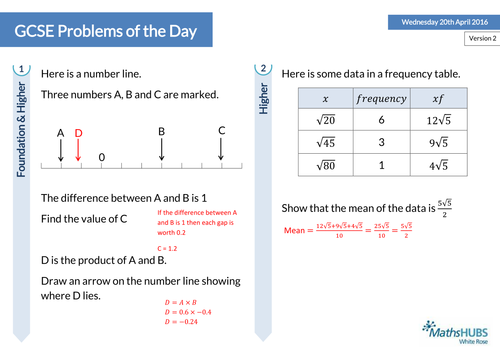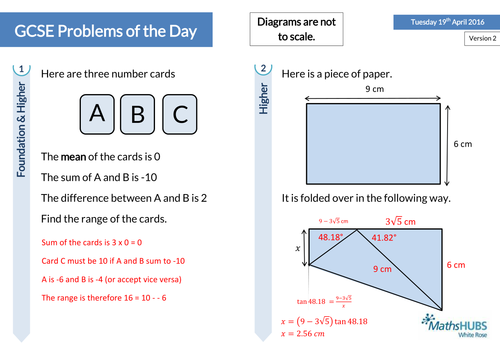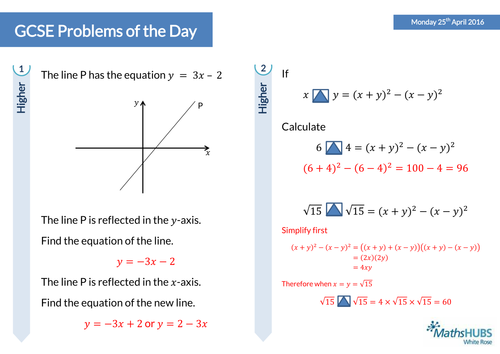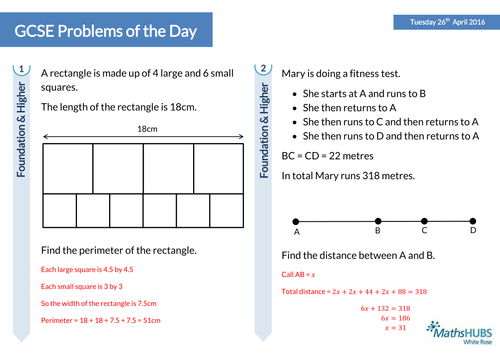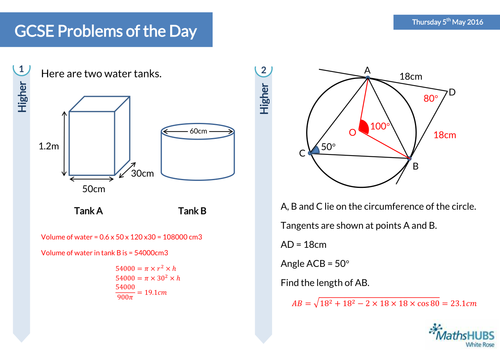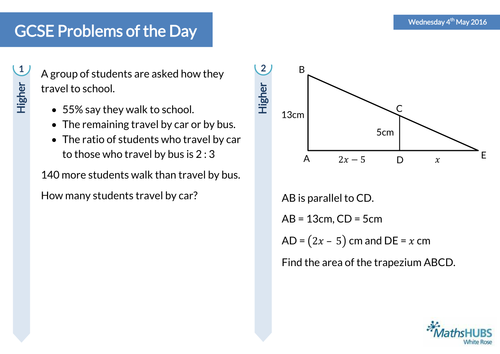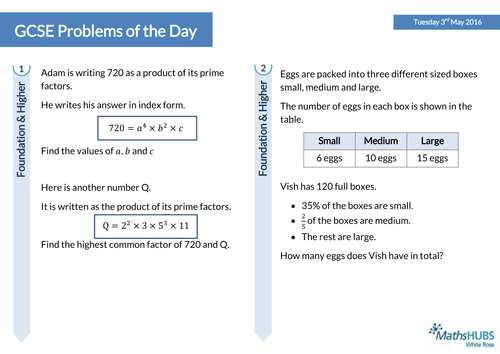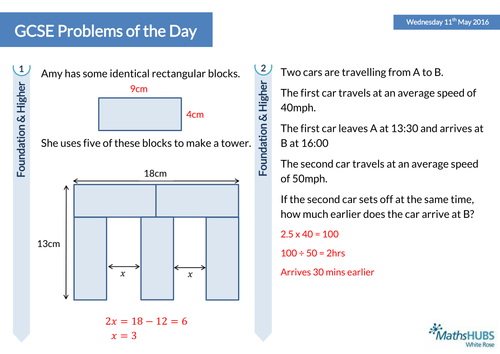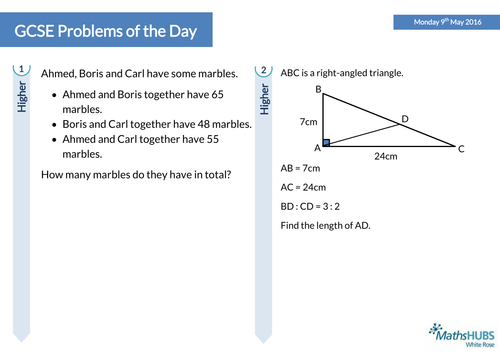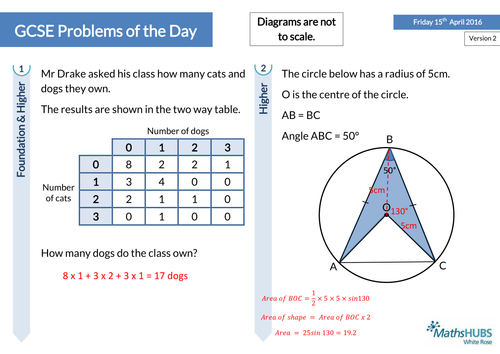White Rose Education's Shop
We provide world class resources and training for teachers of all phases. Our forever free schemes of learning span from Reception to Post 16 GCSE resit. Short quizzes and end of term assessments that compliment our SOL are also available for free. Are worksheet sit alongside our small steps guidance for Y1 to Y8. These are available on tes or through a subscription to White Rose Maths. Join us on our journey #MathsEveryoneCan



